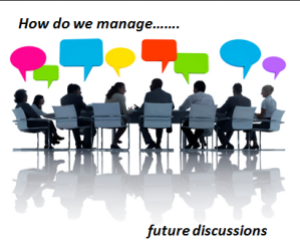 Every now and then, a book comes along that completely surprises me in terms of my own reactions to it.
Every now and then, a book comes along that completely surprises me in terms of my own reactions to it.
They always force me to unglue some of my preconceived ideas thankfully, and then I can stick them back together again into a whole new pattern.
To be honest, I still have not fully figured out why I keep pondering over Rowan Gibson’s “The Four Lenses of Innovation: a power tool for creative thinking”, which will be published in early March, and why it is forcing me to reconcile different thoughts in my mind.
Rowan Gibson’s previous book was “Innovation to the Core- a blueprint for transforming the way your company innovates”, which he co-authored with Peter Skarzynski. It has been one of my favourites since it came out in 2008.
I often dip into this book and refer to some of its thinking and frames that have emerged following its publication. One of those frames was the “The Four Lenses of Innovation”, outlined in Chapter Three, which became the basis for Rowan’s new book.
Continue reading “The Four Lenses of Innovation by Rowan Gibson”








